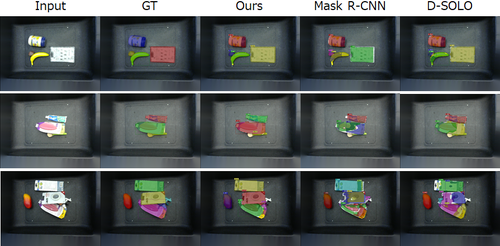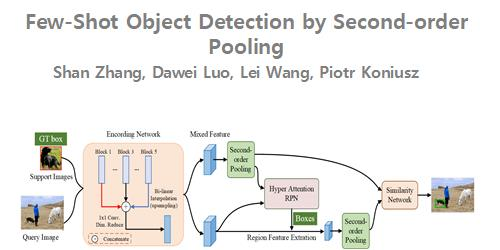BSN++: Complementary Boundary Generator with Scale-Invariant Relation Modeling for Temporal Action Proposal Generation
Haisheng Su (SenseTime Group Limited)*
Keywords: Video Analysis and Event Recognition
Abstract:
Generating human action proposals in untrimmed videos is an important yet challenging task with wide applications. Current methods often suffer from the noisy boundary locations and the inferior quality of confidence scores used for proposal retrieving. In this paper, we present BSN++, a new framework which exploits complementary boundary regressor and relation modeling for temporal proposal generation. First, we propose a novel boundary regressor based on the complementary characteristics of both starting and ending boundary classifiers. Specifically, we utilize the U-shaped architecture with nested skip connections to capture rich contexts and introduce bi-directional boundary matching mechanism to improve boundary precision. Second, to account for the proposal-proposal relations ignored in previous methods, we devise a proposal relation block to which includes two self-attention modules from the aspects of position and channel. Furthermore, we find that there inevitably exists data imbalanced problems in the positive/negative proposals and temporal durations, which harm the model performance on tail distributions. To relieve this issue, we introduce the scale-balanced re-sampling strategy. Extensive experiments are conducted on two popular benchmarks: ActivityNet-1.3 and THUMOS14, which demonstrate that BSN++ achieves the state-of-the-art performance.
SlidesLive
Similar Papers
VAN: Versatile Affinity Network for End-to-end Online Multi-Object Tracking
Hyemin Lee (POSTECH)*, Inhan Kim (POSTECH), Daijin Kim (Pohang University of Science and Technology)

Point Proposal based Instance Segmentation with Rectangular Masks for Robot Picking Task
Satoshi Ito (Toshiba Corporation)*, Susumu Kubota (Toshiba Corporation)

Few-Shot Object Detection by Second-order Pooling
Shan Zhang (ANU, Beijing Union University)*, Dawei Luo (Beijing Key Laboratory of Information Service Engineering, Beijing Union University ), Lei Wang ("University of Wollongong, Australia"), Piotr Koniusz (Data61/CSIRO, ANU)
